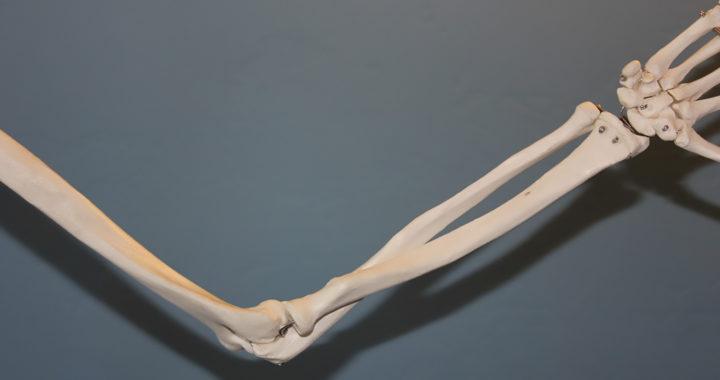Human bones are not considered weak in comparison with other species in the animal kingdom. However, according to the literature, these bones have become weaker. Domestication has resulted in the shift to lighter or weaker human bones. A team of researchers studied the bones of hundreds of humans who lived in Europe during the past 33,000 years and found out that the rise of agriculture and a decline in mobility drove the shift.
Study: Human Bones Have Become Weaker Due to Declining Mobility Following the Rise of Agriculture
It is worth mentioning that modern lifestyles leaning toward sedentary and a diet high in fat and carbohydrates have made humans weigh heavier. This is evident from the prevalence of overweight and obesity in developed and developing countries. However, despite this increase in body mass index, human bones have become weaker.
A team of researchers from across Europe and the United States studied a large sample of European skeletons beginning in 2008 to understand further the reason behind the decrease in human bone strength, particularly by establishing a link between this biological change and a key development in human civilization.
Researchers Christopher B. Ruff et al. focused their attention on Europe primarily because of the abundance of archeological sites coupled with relatively little genetic variation in the entire population.
In conducting the study, the researchers scanned molds of bones obtained from museum collections using a portable X-ray machine to analyze their geometry. They focused on two major bones from the legs and one from the arms because by comparing the lower limbs with the upper limbs, they could easily determine whether the changes in bone strength were due to mobility or something else, like nutrition.
The geometric analysis of the bones revealed that there was a decline in bone strength between the Mesolithic era, which began about 10,000 years ago, and the age of the Roman Empire, which began about 2,500 years ago. Arm bone strength, however, remained considerably steady, thus suggesting that the changes were due to mobility.
“There was a lot of evidence that earlier humans had stronger bones and that weight-bearing exercise in modern humans prevents bone loss,” said Ruff, Ph.D., professor of functional anatomy and evolution at the John Hopkins University School of Medicine. “But we didn’t know whether the shift to weaker bones over the past 30,000 years or so was driven by the rise in agriculture, diet, urbanization, domestication of the horse, or other lifestyle changes.
“By analyzing many arm and leg bone samples from throughout that time span, we found that European humans’ bones grew weaker gradually as they developed and adopted agriculture and settled down to a more sedentary lifestyle, and that moving into cities and other factors had little impact.”
The study ultimately supports the understanding that bones pack more calcium and grow stronger due to stress from walking, running, and lifting which was more common before the onset of agriculture.
It is also important to note that the researchers found out that mobility first declined during the Neolithic period—a period that marked the onset of agriculture. As agriculture intensified over several thousand years, the level of mobility gradually declined.
Thus, the researchers concluded that the decline in mobility was the specific behavioral factor leading to a profound biological change characterized by a shift to lighter or weaker human bones. Furthermore, it appeared that mechanization and industrialization have no direct impact because bone strength during the medieval period remained as it is today.
FURTHER READING AND REFERENCE
- Ruff, C. B., Holt, B., Niskanen, M., Sladek, V., Berner, M., Garofalo, E., Garvin, H. M., Hora, M., Junno, J.-A., Schuplerova, E., Vilkama, R., and Whittey, E. 2015. “Gradual Decline in Mobility with the Adoption of Food Production in Europe.” Proceedings of the National Academy of Sciences. 112(23): 7147-7152. DOI: 1073/pnas.1502932112
